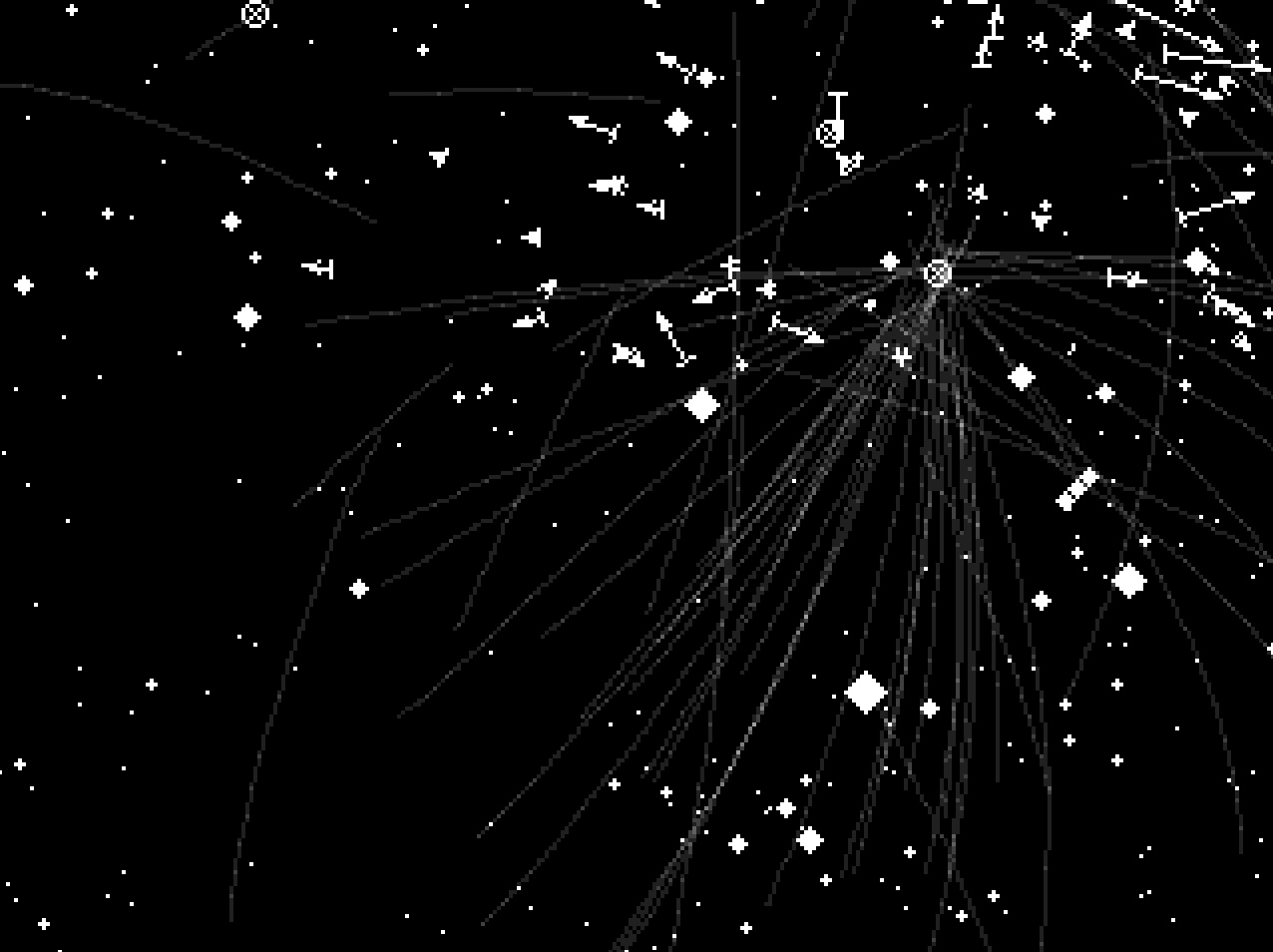The Orionids probably peaked over the past two nights. Orionid rates were much higher with 44 and 47 of them detected on the night of the 20/21st and 21/22nd, respectively. The Orionids weren’t the only meteors. In fact the total number of meteors detected were 83 and 77 on both nights.
We’ll have a better idea of the true activity level of the Orionids in a few days as observers submit their observations to the International Meteor Organization’s ZHR Live online feature. I’ll summarize this year’s activity and how it compares to past years in a future post.
The brightest meteor wasn’t an Orionid though. At 08:19 UT on October 22, a -3rd magnitude epsilon Geminid (EGE) was observed. The EGEs are the result of a currently unknown long-period comet with a very retrograde orbit (171-173 degree inclination).
Obs Date(UT) Time TOT SPO EGE STA NTA ORI Oth SAL 2017-10-22 09h 11m 77 23 1 4 1 47 1 SAL 2017-10-21 09h 07m 83 31 4 2 2 44 0 SAL - SALSA3 camera in Tucson (Carl Hergenrother) VIS - Visual observations from Tucson (Carl Hergenrother) Time - Total amount of time each camera looked for meteors TOT - Total number of meteors detected SPO - Sporadics (meteors not affiliated with any known shower) ANT - Antihelions EGE - epsilon Geminids NTA - Northern Taurids STA - Southern Taurids ORI - Orionids Oth - other minor showers

